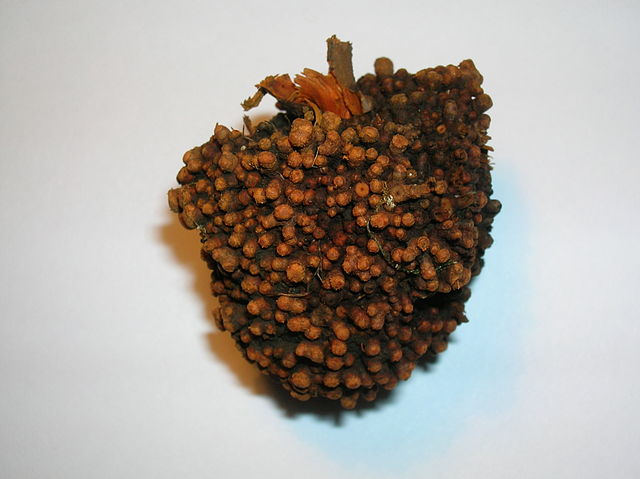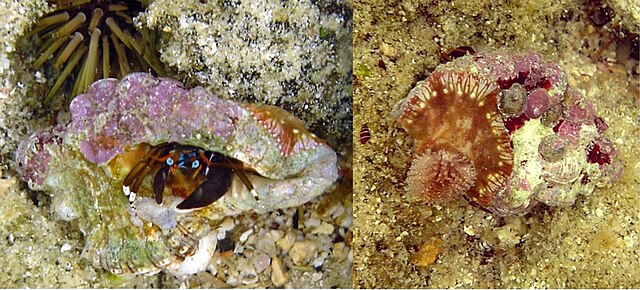A microbial consortium or microbial community, is two or more bacterial or microbial groups living symbiotically. Consortiums can be endosymbiotic or ectosymbiotic, or occasionally may be both. The protist Mixotricha paradoxa, itself an endosymbiont of the Mastotermes darwiniensis termite, is always found as a consortium of at least one endosymbiotic coccus, multiple ectosymbiotic species of flagellate or ciliate bacteria, and at least one species of helical Treponema bacteria that forms the basis of Mixotricha protists' locomotion.
Workflow of enrichment and dilution-to-extinction cultures to select simplified microbial consortia (SMC) for keratin degradation.
Painting of a cross-section through an Escherichia coli bacterium, a chemoheterotrophic bacterium often used in synthetic microbial consortia.
Symbiosis is any type of a close and long-term biological interaction between two biological organisms of different species, termed symbionts, be it mutualistic, commensalistic, or parasitic. In 1879, Heinrich Anton de Bary defined it as "the living together of unlike organisms". The term is sometimes used in the more restricted sense of a mutually beneficial interaction in which both symbionts contribute to each other's support.
In a cleaning symbiosis, the clownfish feeds on small invertebrates, that otherwise have potential to harm the sea anemone, and the fecal matter from the clownfish provides nutrients to the sea anemone. The clownfish is protected from predators by the anemone's stinging cells, to which the clownfish is immune. The relationship is therefore classified as mutualistic.
Alder tree root nodule houses endosymbiotic nitrogen-fixing bacteria.
Hermit crab, Calcinus laevimanus, with sea anemone
Bryoliths document a mutualistic symbiosis between a hermit crab and encrusting bryozoans.






